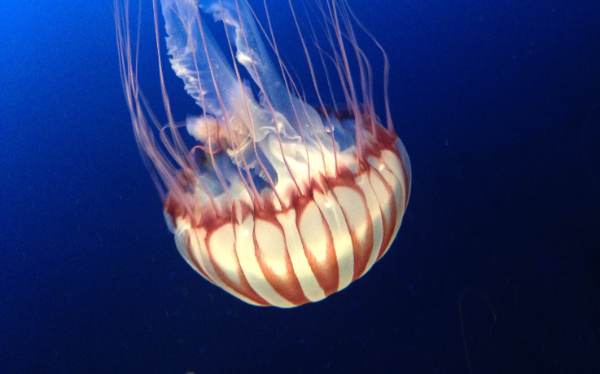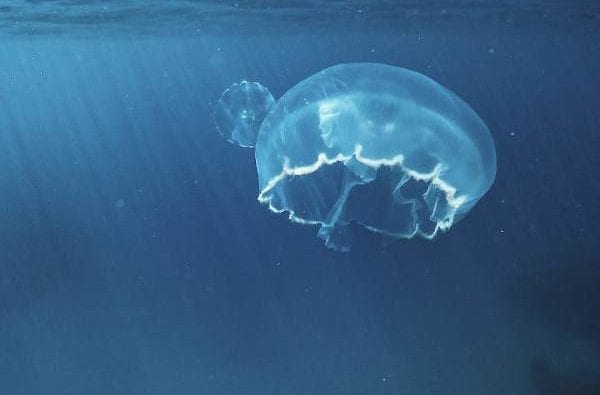Win boat trip discounts and prizes! Claim your plunder here🏴☠️
Ahoy, kid sailors save 20%! grab yer treasure today! book your adventure now!
Win boat trip discounts and prizes! Claim your plunder here🏴☠️
Ahoy, kid sailors save 20%! grab yer treasure today! book your adventure now!
These jelly drifters travel in sync with the ocean currents, known as the ocean conveyor. They are vital to the ecosystem and help to mix up the waters in quieter seas, such as the Mediterranean. When you have huge numbers in one place, known as a bloom, it’s a strong indication of overfishing. Luckily the North Atlantic has a better balance than some other parts of the world and we don’t often see this phenomenon. Jellyfish have been around since the beginning of time, so next time you get annoyed that they have encroached into your favourite bathing area, think again.



Book your Coast Boat Trip for the marine life experience of a lifetime!
The jellyfish you are most likely to see on our trips are:
Compass Jellyfish are a brown colour with a beautiful compass Pattern across it’s bell.
Barrel Jellyfish can get massive, over a meter across. Instead of tentacles, they have eight oral arms which they use to trap plankton. Unlike most jellyfish, these guys can swim and generally move away from turbulent water
These little guys are quite uncommon, but with their electric blue colouring, it’s well worth keeping an eye out for them.
These are the most common jellyfish in our waters. They are recognisable by four purple rings on their bell. The rest of this creature is mostly clear with a slight red tinge.
They are not so common but easy to spot. They are a beautiful deep blue/purple and have an air-filled sack that floats on the surface and is used as a sail. Incredibly the man-of-war is not a single creature but a colony of four different species. The balloon is one, the tentacles, the reproductive system, and the digestive system are all separate, living in a symbiotic relationship. Be careful though these guys carry a nasty sting so keep your distance if you see one washed up on the beach.